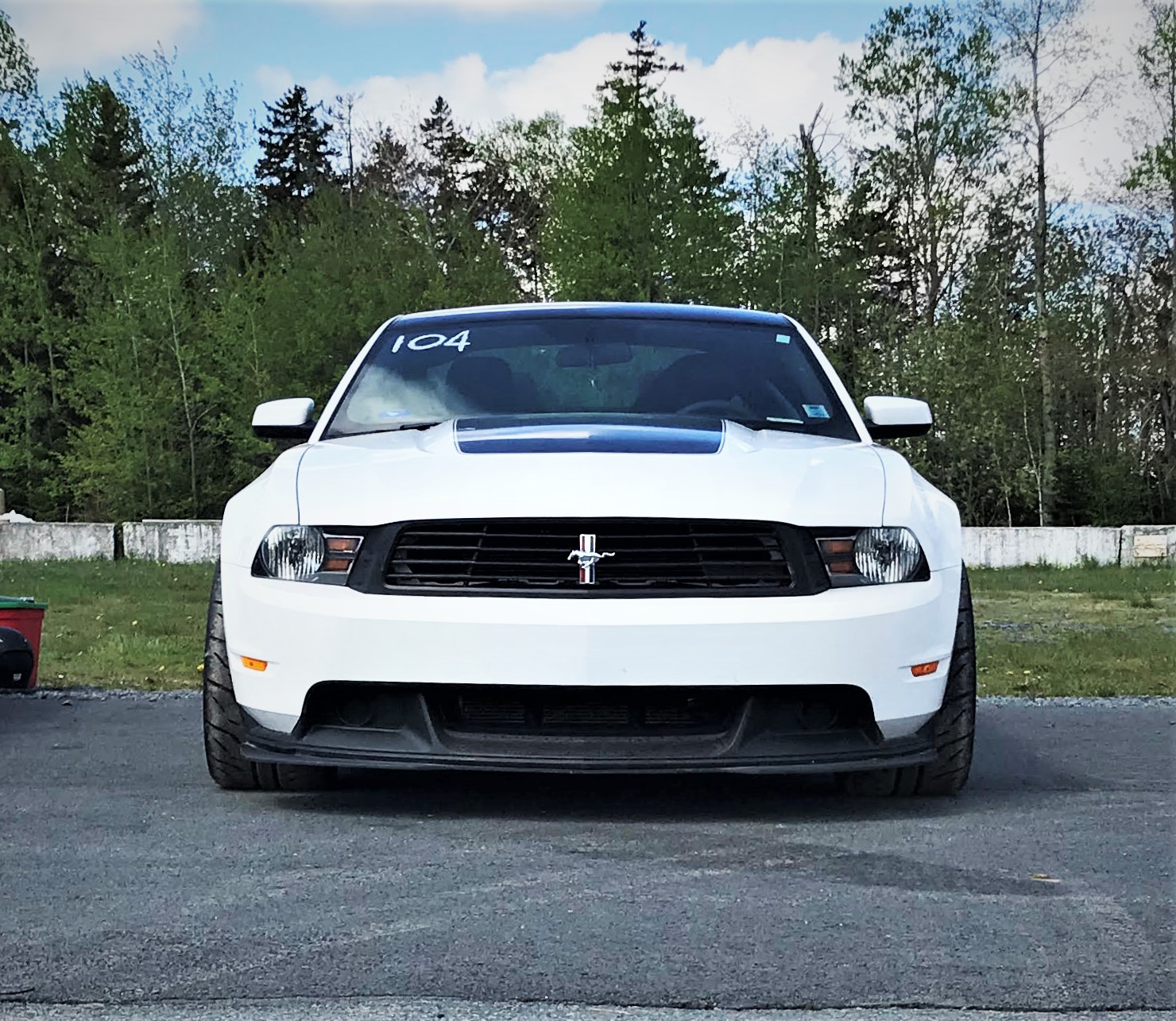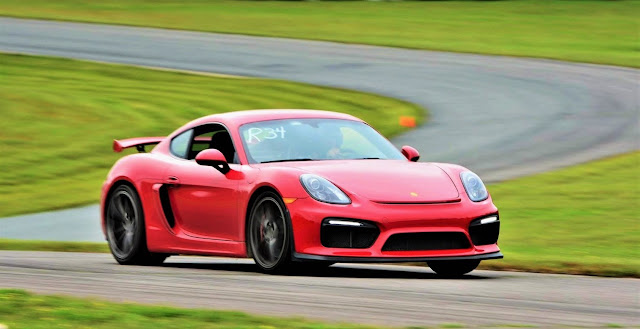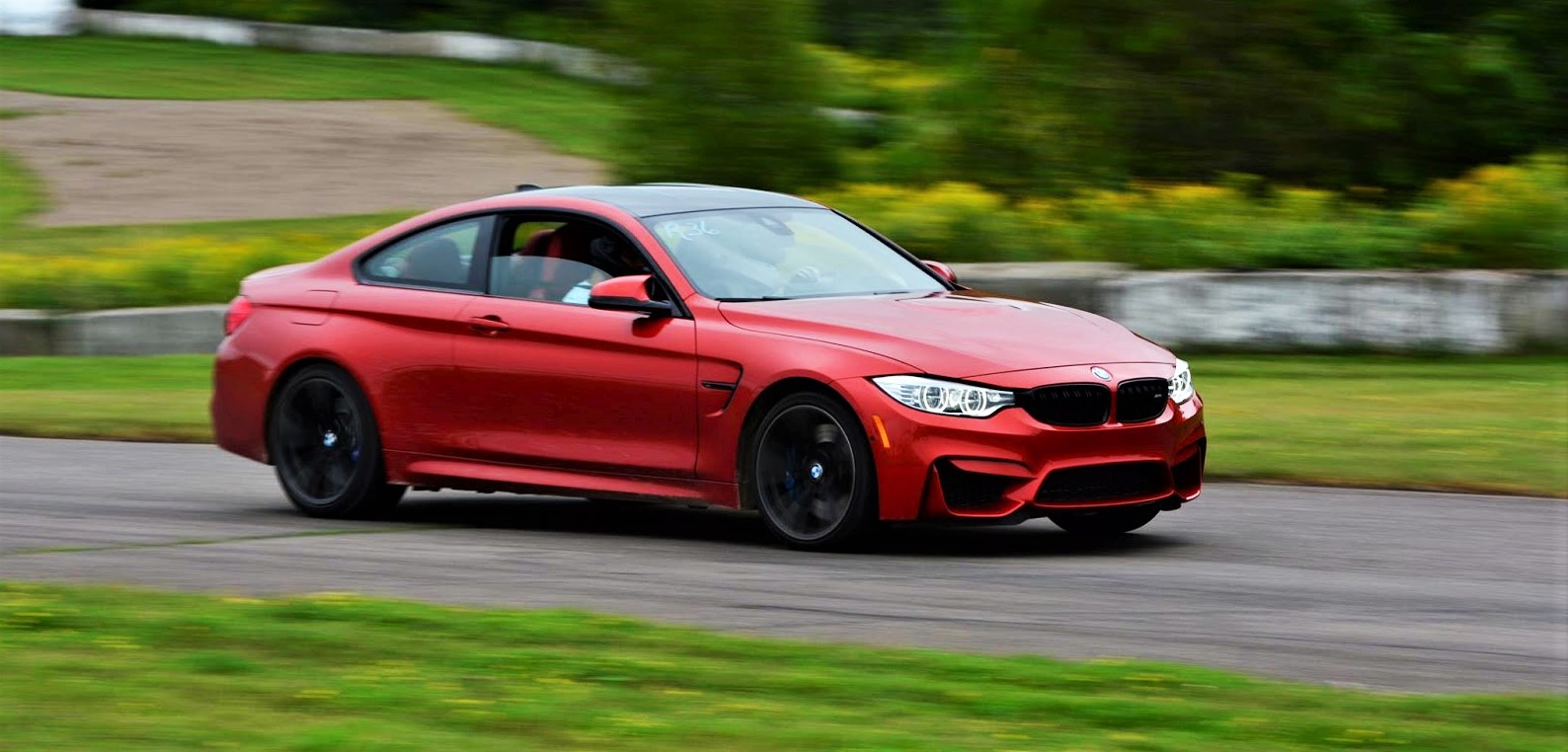This is the one every one has been waiting for, myself included. The two big giant killers - the Corvette and the Nissan GT-R. Let's cut to the chase, the Vette lost and people are surprised, disappointed or both. Around Willow Springs, the GT-R Nismo posted a lap time of 1:25.7 and Corvette Z06 posted a lap time of 1:27.1. That's 1.4 sec on a 1:25 lap which isn't insignificant.
I am surprised and disappointed myself. I thought the Corvette would have easily edged out the GT-R based on the handling tests, not just expectations:
| Test | Corvette Stingray Z06 (Z07) | Nissan GT-R Nismo |
|---|---|---|
| Braking, 60-0 MPH | 91 ft | 97 ft |
| Lateral Acceleration | 1.17 g (avg) | 1.03 g (avg) |
| MT Figure Eight | 22.3 sec @ 1.06 g (avg) | 23.1 sec @ 0.99 g (avg) |
The gap between the two is so large, you would be forgiven to think they are in two different classes. It's hard to believe it doesn't translate to benefit on the track. I think the fact that it didn't is down to a few factors:
- The most obvious one is the fact that this particular Z06 had a manual and the GT-R only comes with a twin clutch auto. This is worth a few tenths probably. I would imagine it would bring the gap down to 1 second or a little under a second.
- The Level 3 aero package (Z07) is clearly too much for this track. This is evident in the GT-R, which has 50 hp less and weighs over 350 lb. more, hitting a top speed that's 7 mph faster than the Corvette on the straight. They tried to remove the Gurney flap on the rear spoiler to reduce drag but saw a small gain in top speed (1 mph) for a big detriment in handling (increased tendency to oversteer) which produced an overall slower lap time. As a result, they concluded that removing aero isn't a good idea. I'm not sure how the testing team, including a professional racing driver (a seasoned one at that), didn't think of the fact (or point it out if they did) that reducing rear downforce without doing anything about the front will upset the downforce, and therefore handling, balance. Removing the Gurney flap will not produce results as good as having a car with the Level 2 aero package and I believe that a Level 2-equipped car would be a better fit for this track but the fact that the Michelin Cup tires only come with the Z07 package could hurt it so it's hard to say if it would produce better results overall.
- Confidence, or lack thereof. It is clear from the individual test numbers that the Corvette is more capable when the road starts twisting. I would go as far say it is much more capable in terms of raw grip and stopping power. However, after looking at the track graph, there are a few spots where Randy turns earlier, brakes earlier or brakes harder and that should never happen in a car that has that much more grip and stronger brakes. The problem is mid-corner oversteer, according to the test. If that is the case, increasing stability mid corner should go a long way in improving lap times.
- I think I read somewhere in the comments by Scott Evans that the car tested was an early production so maybe there are minor issues with it made the car more likely to oversteer such as shock tuning, differential tuning, etc. During the first test of the car, Randy said that the car is stable enough and he wants another 100 hp. Keep in mind, that car was a Level 2 so it has less downforce and less sticky tires. Both should make the car less stable, not otherwise. How could the less grippy car with less downforce be more stable?
- Another possibility is that the automatic transmission, which was the one in the first track test of the car, has torque management that allows for much smoother torque delivery which would make the rear tires less likely to break loose.
- Different tracks favour different cars. That's why racing teams test and tweak at every track; to optimize for that track. This one may simple favour the handling balance of the GT-R over the Vette.
I do believe, though, that even if that same car, with the manual and Z07 package, were driven to its true potential (i.e. by someone who knows the car very well like Jim Mero) on that same track, it would beat a GT-R Nismo driven to its potential (i.e. by Toshio Suzuki or Michael Krumm). With that said, the average track goer isn't Jim Mero. Randy Pobst, a seasoned race car driver, couldn't beat his own time in the GT-R so the bottom line is, if you plan on taking it to the track and you care a lot about the last few tenths, you can't expect to beat a GT-R NISMO assuming both are stock, well driven. That, of course, all depends on this particular Corvette tested was a completely problem-free car and a good example of the breed.
What's most disappointing to me, though, is the overheating issue. I don't know if it really is a problem or it too could be a sign of the tester being an early production unit. I find it very hard to believe that Chevy would let the problem make it to production with such strong ties to racing and endurance racing in particular, let alone the fact that this is the top Corvette. I read somewhere that the reason the ECU reduces power is for emissions reasons not to protect the engine so maybe Chevy will have an optional ECU flash to disable that if you're at the track, the same way Ford offered the red (track) key with the Boss 302 for track use. Only time will tell. If it really is a problem, I would be hugely disappointed if GM does not address it.
What's most disappointing to me, though, is the overheating issue. I don't know if it really is a problem or it too could be a sign of the tester being an early production unit. I find it very hard to believe that Chevy would let the problem make it to production with such strong ties to racing and endurance racing in particular, let alone the fact that this is the top Corvette. I read somewhere that the reason the ECU reduces power is for emissions reasons not to protect the engine so maybe Chevy will have an optional ECU flash to disable that if you're at the track, the same way Ford offered the red (track) key with the Boss 302 for track use. Only time will tell. If it really is a problem, I would be hugely disappointed if GM does not address it.
As for the GT-R, although this particular model is far from the performance bargain it once was when this generation first returned back in 2008, it's still punching above its weight and it is good value. Starting above $151,000 USD, it's stepping into supercar territory pricing but it's nearly hypercar performance territory now. Still, it commands a nearly $50,000 premium over the top spec Vette with plenty of luxury options and the Z07 package. Being a Corvette fan, I would take the Z06 over the GT-R in a heartbeat without even thinking about it. It will sound better, look better and drive better in every day driving and for the few track days I go to, if it turns out to be actually slower, I will still have the perfect recipe for a performance car: a V8 in the front, a manual in the middle, and RWD in the back. If I had the money, though, I would probably go with the standard Stingray with the Z51 package. It would give me most of the thrills, non of the forced induction worries and plenty of money left over for track visits!


.jpeg)











Comments
Post a Comment